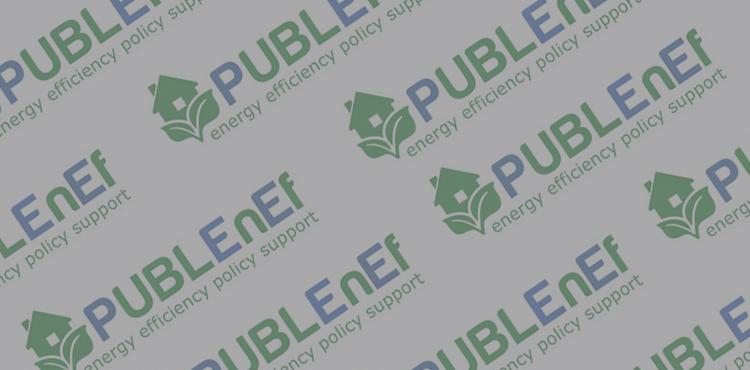
Thermal Modernisation is usually highly profitable, however, it initially requires incurring significant costs, which is why many building owners may not implement thermo-modernisation actions without financial assistance. The system is intended to facilitate the financing of thermal modernisations in order to decrease energy consumption and the costs of heating in buildings, as well as provide domestic hot water (hot tap water). The Thermal Modernisation and Refurbishment Fund was created by the National Economy Bank. The Fund is a nationwide initiative targeting housing cooperatives, housing communities, private individuals and local governments. Its main goal is providing financial aid for investors engaged in thermo-modernisation and renovation initiatives as well as providing financial indemnifications for residential building owners. The Fund offers three types of assistance, namely the thermo-modernisation incentive, the renovation incentive, and the indemnification incentive. The amount of the funding received is equivalent to 20% of the loan used for the realisation of the thermos-modernisation initiative from personal funds. Originally, the program was to be implemented in 50 thousand buildings within 10 years and deliver significant energy savings.
• innovative financing mechanisms are not used (Art. 20)
• Insufficient in-house expertise about financial tools (Art. 17)
• insufficient own funds requirements (Art. 17)
• lack of knowledge regarding existing financial tools (Art. 17)



